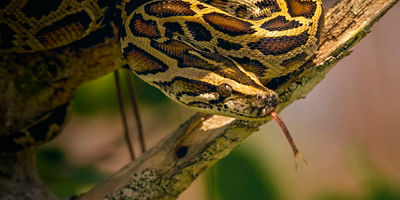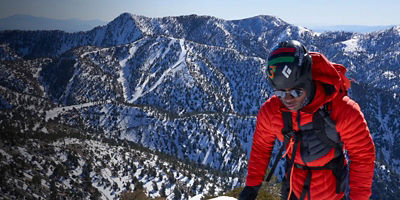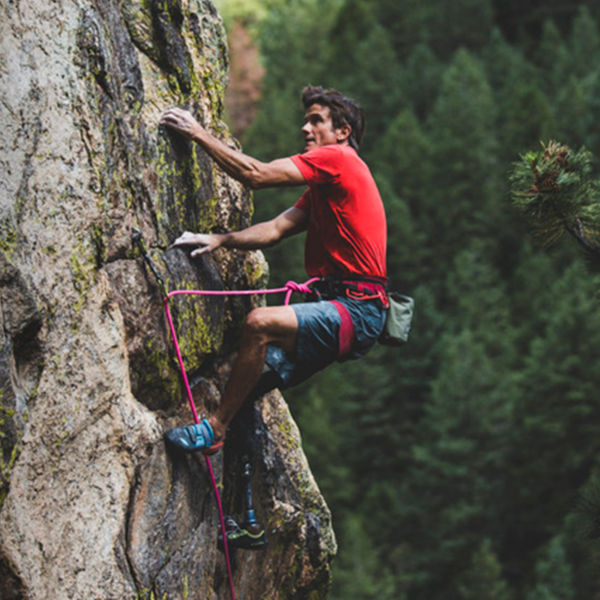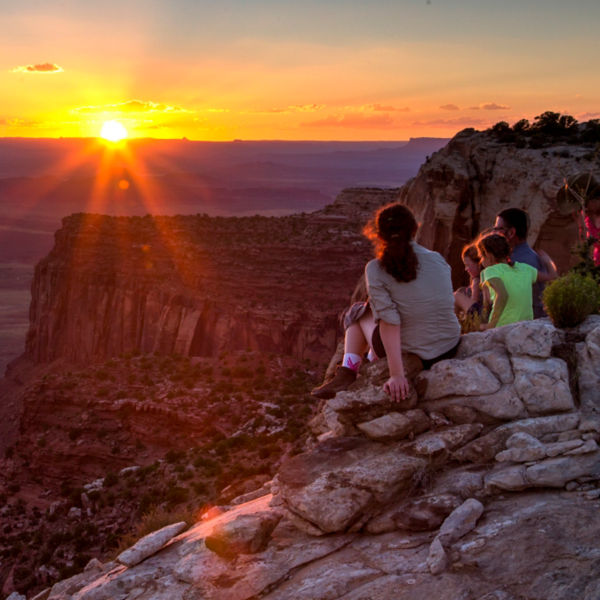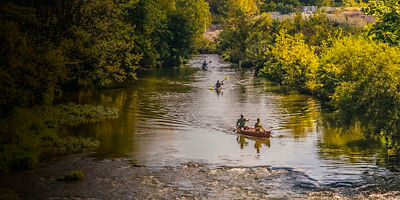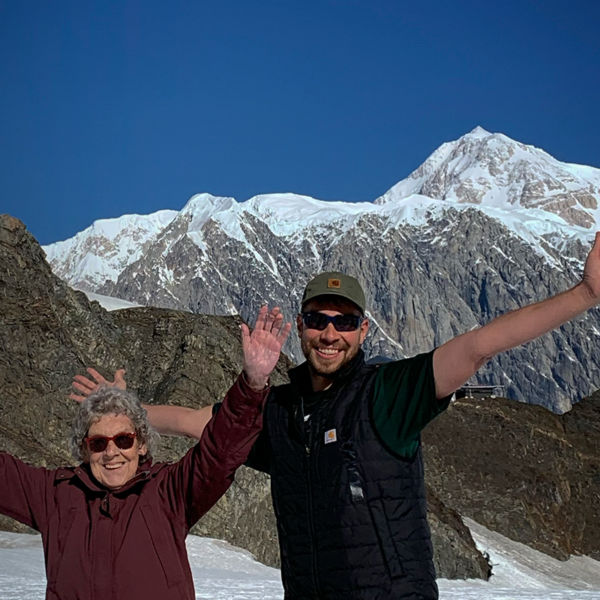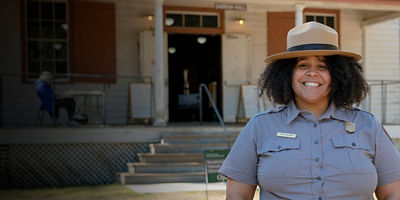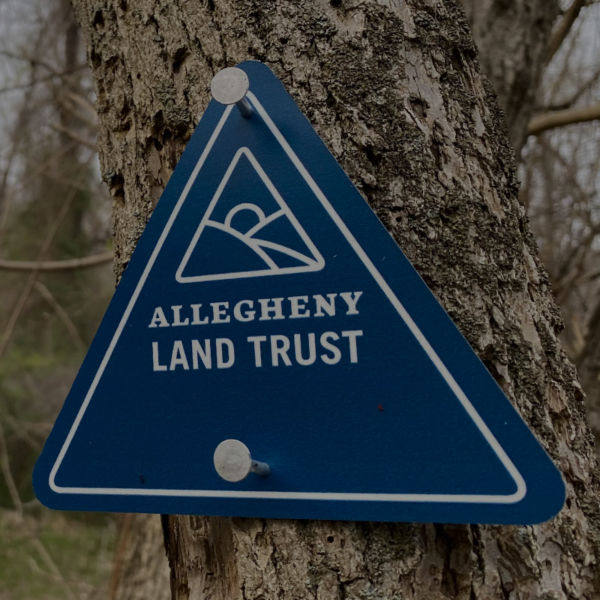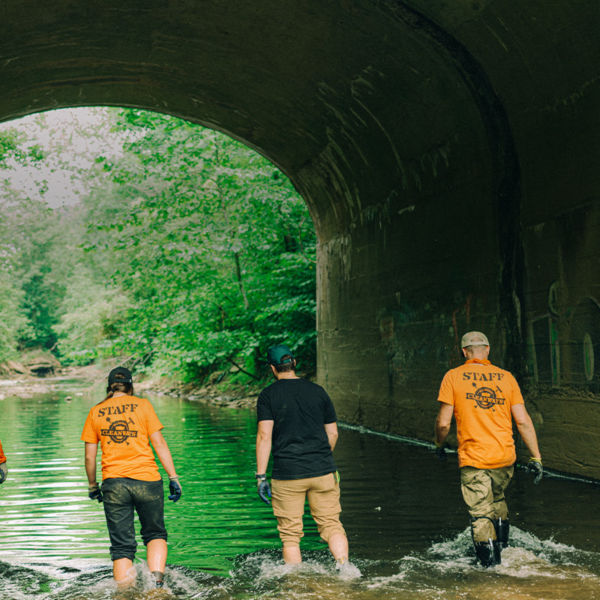
“Growing up, I didn’t have any cultural relationship to being Native,” says Ryan, now 29. “It was more just like this piece of paper somewhere, a fun fact about my mom and my heritage.” It was his Irish father, after all, who taught him how to ski, while he jokes that his mother, a Lakota Native American, was “a famously bad skier.”
His outlook began to change when he was randomly assigned a project in his political science class at Metropolitan State University of Denver, on Native American voter participation, and he began to question “a lot of things.” He’d fallen out of skiing in his teenage years, but with newfound perspective and a few years cycling through “what it’s like to be young and broke and trying to find your meaning and purpose in the world,” he got back into the sport. At the same time, Ryan began revisiting his heritage, meeting people from his Lakota culture in the Black Hills of South Dakota and closer to him on the urban corridor of Colorado’s Front Range.
Though the two budding interests “lived separately for a while,” it didn’t take long for them to overlap. Now a professional skier and filmmaker, Ryan recently debuted a 2022 environmental ski film called Spirit of the Peaks. It asks the question, he says, of “what it means to be in a relationship with the lands and honor the people who came before us.” Ryan still hosts showings and talks at universities and grade schools alike, speaking to Native students as often as he gets the chance.
Public Lands caught up with Ryan on location in Alaska, shooting his next ski and environmental film. While the project is still unnamed, the focus is on the Indigenous perspective and community impact of skiers and outdoor adventurers filming and extracting imagery from lands they’ve been on “since time immemorial.” He shares how he discovered a profound connection between the frozen water on which he skis and his culture, and why he thinks we all need to better honor water and rethink how it’s managed.
PUBLIC LANDS: When did the two of your passions—for skiing and Native American culture—first coincide for you?
CONNOR RYAN: We had a sweat lodge just outside of Nederland, Colo., and to do a ceremony that close to where I was skiing at Eldora made me realize that this water is the same snow I skied on, and I started to have this kind of spiritual idea of what it is to be part of Native culture. Water is in the ecosystem around us, in the case of Colorado and almost all the continental United States. It really started to help me see the ways these different parts of my life, that I thought were separate, really kind of pointed to the same thing.










